For commercial customers only | No minimum order quantity | Free shipping from 50 € net (D) | Please log in to register: info@foodconnect.de | To the shop for end consumers: www.chefino.de
-
Food Worldwide
- Italian Delicatessen
- South American Delicatessen
-
Japanese Delicatessen
- Barbecue with Japanese Products
- Sushi Ingredients and accessories
- Trending Yuzu Products
- Fermented Products as Black Garlic, Umeboshi etc.
- Miso
- Noodles
- Japanese Soy Sauces and Fish Sauces
- Japanese Ponzus, Sauces and Dressings
- Dashis
- Mirin
- Rice vinegar and grain vinegar
- Sesame
- Japanese Spices and Cherry Blossom Products
- Japanese Juices
- Fruits and Vegetables from Japan
- Breadcrumbs and Starches
- Japanese Desserts
-
Hotate_Uni,...

- ... More
- Asian Delicatessen
- International Barbecue
- Frozen Meat
- Fermentation
- Algae
- Rice and rice products
- Cereals and grains
- Noodles and Pasta
- Nuts, Almonds, Tigernuts, Chestnuts
- Plant Seeds, Sprouts, Pollen
- Spices
- Vegetables, Olives, Capers
- Fruits
- Blossoms and Leaves
- Müsli and Porridge
- Premium Vinegars and Oils
- Broth, stocks, soups
- Sugars, syrups, honeys
- Sweeteners
- Texturgeber_SOSAProdukte
- Trending Products
- Sushi
- Japanese Barbecue
-
Silicon Moulds and Hardware
-
Silikonformen und Pralinenformen
- Silikon_zum_selber_Verarbeiten
- Silikonformen_fuer_Desserts_und_Amuses
- Silikonformen_fuer_Eis
- Silikonformen_Fruechte_Nuesse
- Silikonformen_Gemuese
- Silikonformen_Meeresfruechte
- Silicone moulds Asian Style
- Silikonformen_SonderMotive
- Pralinenformen
- Blattstempel
- Schablonen
- Weihnachten
- Silikonformen_Fleisch_Kaese
- ... More
- Hardware
-
Silikonformen und Pralinenformen
-
New Arrivals

- Selling your products on our webshop
- For manufactories
Categories Trending Products Trendy: Japanese RAMEN noodles
Trendy: Japanese RAMEN noodles
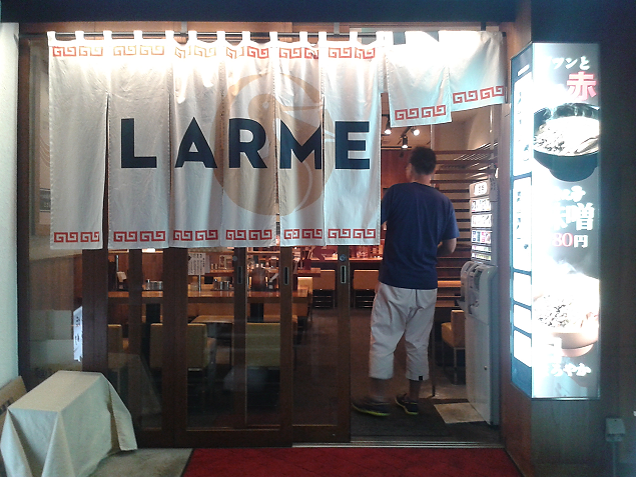
Originally from China, ramen noodles have become one of the most popular Japanese dishes in the world. Ramen noodles are Japanese soul food, simple and fast, filling and warming, affordable and available in more than 200,000 ramen shops in Japan.
The first known Japanese ramen shop in Yokohama offered a very simple dish in 1910 with broth, noodles, pork, bamboo shoots and half a hard-boiled egg. This has developed into an immense variety of ramen dishes, many regions have their own recipes and many ramen shops as well. These recipes are simple to produce, but the result is often very complex and deep in taste.
Depending on the selection of fresh ingredients, ramen noodles can be very healthy. The kombu algae in dashi also offers high-quality amino acids. The building blocks of the recipes are various basic broths, seasonings of the broth, noodles, other ingredients such as meat / seafood / vegetables / eggs and spices, which can be combined differently. Elements from other national cuisines can also be integrated.
On the basis of the respective production method and the seasoning of the basic broth, two basic types can be identified: The rather thin clear soups ("assari") or the rather thick cloudy soups ("kotteri"). In terms of taste, the spectrum lies between strong and rustic on the one hand and light and elegant on the other.
Module 1: The Basic Broths
All types of animal bones or shells as well as dried seafood can be used as the basis for the broth. The "most typical" basic broth is made from pork bones or meat and bears the name "Tonkotsu". Light ramen soups are based on poultry or fish. The production of the broth is similar to the European process of making a stock based on bones / shells and vegetables.
We offer in our assortment: Ready-made Tonkotsu broth, ham powder, dried sardines, dried crabs.
Module 2: The Seasoning of the basic Broths
There are 3 elements available for seasoning the broth, according to which the ramen recipes are also differentiated:
-salt
-soy sauce
-miso
Salt is used to season lighter ramen soups, miso to season more rustic ramen soups. Soy sauce is in the middle, depending on the quantity used. Of course you can also mix the seasonings.
We offer in our assortment: Soy sauces with more or less salt, gluten-free soy sauces, light soy sauces. Light sweet miso, strong miso, black miso, miso sardine spice paste.
Module3: Noodles
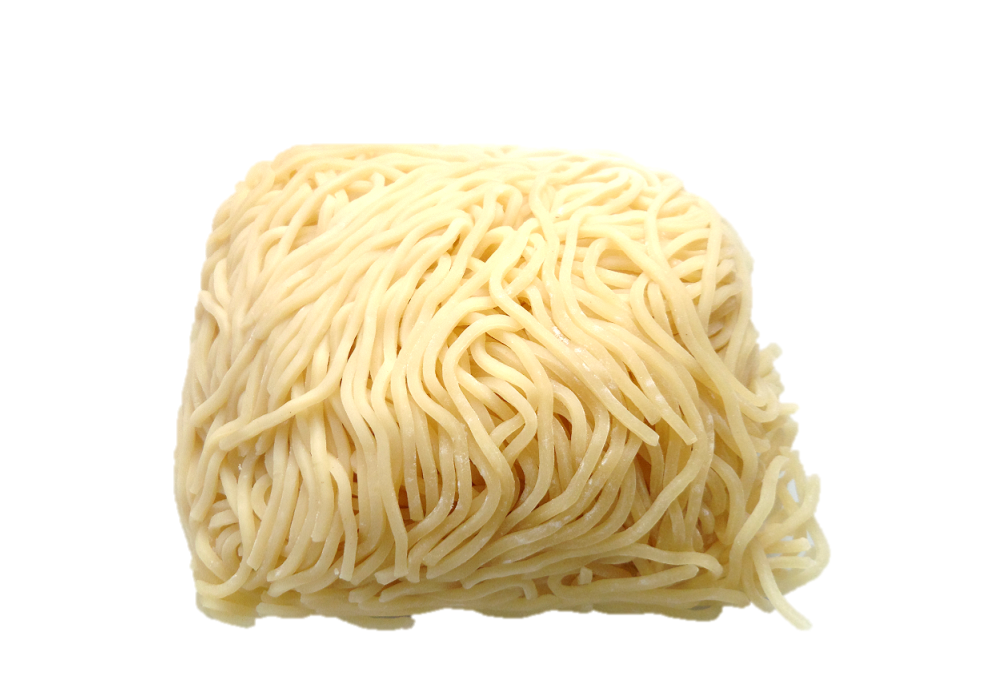
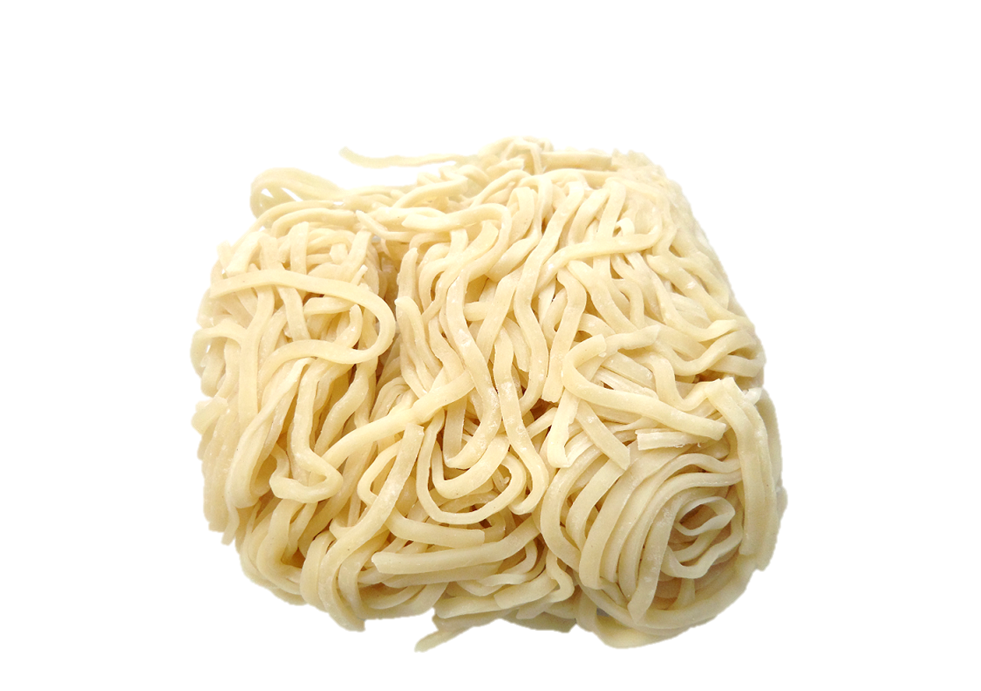
The basic ingredients of ramen noodles are wheat flour, water and salt. The unusual thing about it is the use of a basic water called "Kansui". This ensures that ramen noodles are yellowish as well as bite resistant and at the same time flexible.
The different shapes, wide or narrow, thick or thin, smooth or wavy, are suitable for different recipes.
We offer in our assortment: Smooth or waved frozen ramen noodles
Module 4: Ingredients
As meat a piece of pork ("chashu") marinated slowly at low temperatures in soy sauce and Mirin is added classically. Pork loin is common, but other parts such as pork belly or processed products such as ham are also suitable. All kinds of seafood are used in lighter ramen recipes.
Spring onions are often seen mixed with many other vegetables such as bamboo shoots, Japanese mushrooms, cabbage, carrots, corn, pickled ginger, garlic, etc. as vegetables. Eggs are also added with pleasure, simply cooked in different stages up to the now well-known Onsen egg. Or eggs marinated in soy sauce and mirin.
We offer in our assortment: Fresh seafood, Japanese vegetables depending on the season, dried Asian mushrooms, preserved bamboo shoots, pickled ginger, fresh ginger, finger ginger. basic mirin and high-quality mirin for refinement.
Module 5: Spices
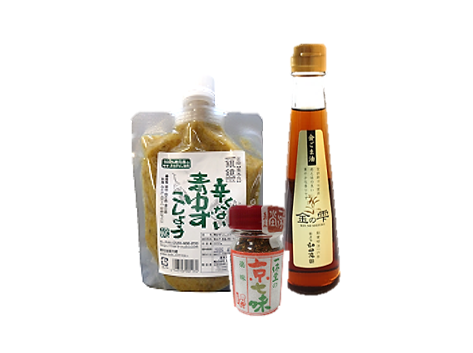
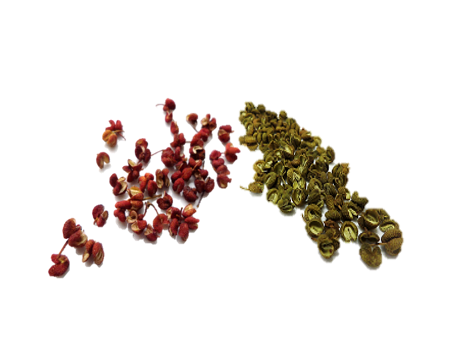
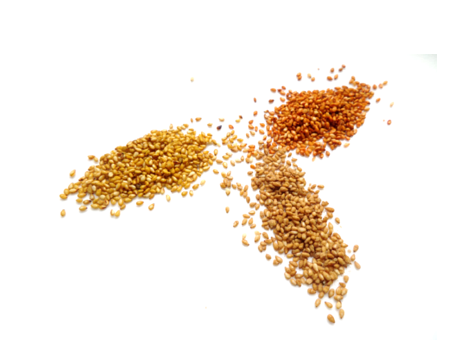
Original Japanese spices that can be used for ramen are shishimi, yuzu-kosho, sansho pepper, Japanese curry and of course sesame. Tobanjan, a hot paste made from fermented beans, is also used for miso ramen.
Typically Japanese algae like nori chips and wakame or bonito flakes are added as a further seasoning.
Oils such as sesame oil can round off the taste in small quantities. A small amount of butter can also be added to strong soups.
We offer in our assortment: Shishimi, yuzu kosho, sansho pepper, Japanese curry, Tobanjan, bonito flakes, sesame oil from inexpensive to Premium Golden Sesame oil. Sesame light or dark, sesame with wasabi, with kimchi, with ume or with yuzu or bonito.
Further Ingredients
While ramen recipes usually have a soup character, the current trend in Japan is to put less broth on the plate in favour of the other ingredients. This "carbonara style" is called after the Italian recipe.
In Japanese restaurants, gyoza dumplings are often served with a ramen soup.
In addition to the typical Japanese ingredients, many other ingredients can also be integrated, such as kimchi from Korean cuisine.
We offer in our assortment: Frozen dough for gyoza















